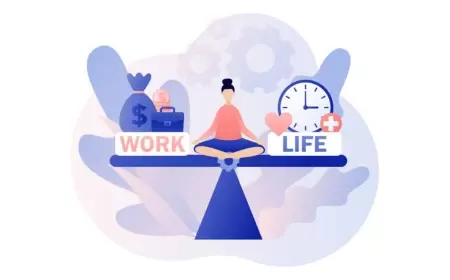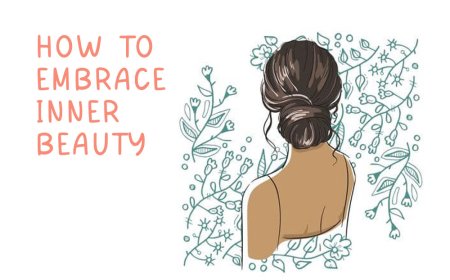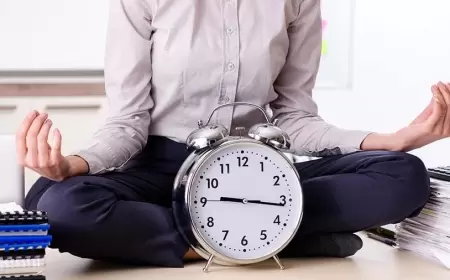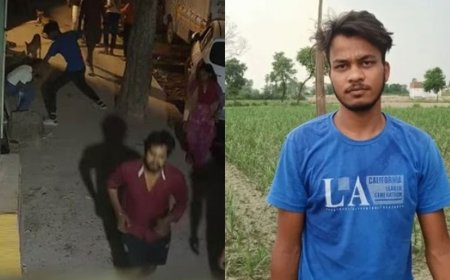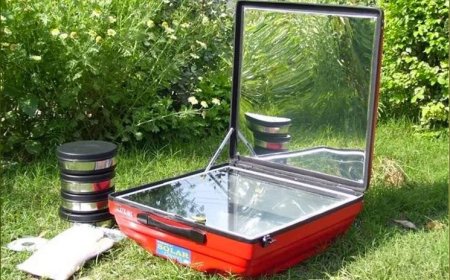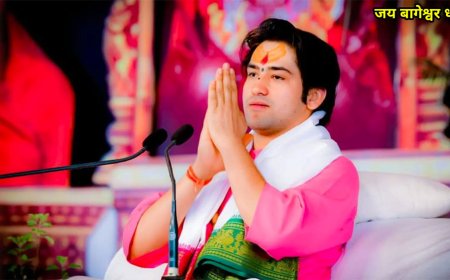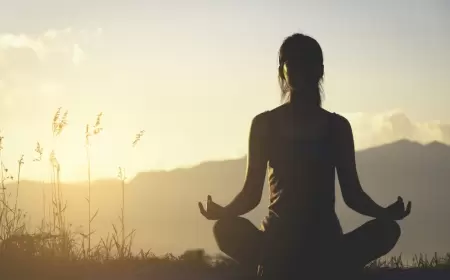Simple yoga exercises are perfect to start your yoga journey and a healthy lifestyle. It will help improve overall health including Flexibility and Strength. We have compiled a set of yoga asanas for beginners, these asanas can be performed with minimum requirements and are highly beneficial.
TADASANA
Tadasana is often referred to as the "mountain pose" and is a great posture for improving posture, balance, and grounding. It can help alleviate back and neck pain, as well as strengthen the legs, hips, and core muscles. It helps to open the chest, improve breathing, and promote relaxation. Tadasana is an excellent pose for beginners to learn the basics of yoga and to gain a deeper understanding of the body-mind connection.
Steps to perform Tadasana
Step 1: Stand with your feet together and your arms at your sides.
Step 2: Engage your core muscles and keep your spine and neck straight.
Step 3: Roll your shoulders back and relax your chest.
Step 4: Balance your weight evenly on both feet and keep your feet grounded.
Step 5: Close your eyes and focus on your breathing.
Step 6: Raise your arms overhead and stretch your body as you inhale.
Step 7: Hold the pose for a few seconds and then release your arms.
Step 8: Exhale and relax your body.

PADASANA
The next on the list is Padasana, it helps to increase the flexibility of your spine and improve posture. It helps to reduce stress and tension in the body, calming the mind and improving concentration. This pose helps to improve digestion and increases the flow of energy throughout the body. It also helps to reduce fatigue and relax the mind and body.
Steps to perform Padasana
Step 1: Start by sitting on the floor in a cross-legged position.
Step 2: Bend your knees and place your feet flat on the floor.
Step 3: Take a deep breath in and raise your arms above your head.
Step 4: Interlock your fingers and press your palms together.
Step 5: With an exhalation, slowly begin to lean forward, bringing your forehead to the floor.
Step 6: Hold the pose for a few breaths, ensuring that your back stays straight and your shoulders relaxed.

VAJRASANA
Vajrasana is a great pose for strengthening the lower back, thighs, and ankles. It helps to improve blood circulation, digestion, and relieves stress. It can help to reduce menstrual discomfort, and can even be done during pregnancy. Regular practice of Vajrasana can help to improve flexibility, balance, and posture.
Steps to perform Vajrasana
Step 1: Begin by kneeling on the floor in a kneeling position, with your legs slightly apart and your toes pointing backward.
Step 2: Place your hands on your thighs with your palms facing downwards.
Step 3: Slowly lower your hips and sit on your heels, so that your buttocks rest on your heels. Ensure that your spine is straight and your shoulders are relaxed.
Step 4: Take a few deep breaths and focus on breathing.
Step 5: Hold the pose for as long as you can, without straining yourself.
Step 6: To come out of the pose, slowly lift your hips and straighten your legs.
Step 7: Relax your body and take a few deep breaths.

MARJARIASANA
Marjariasana, also known as the Cat Pose, is a yoga posture that can be performed to relax the body and reduce stress. It helps improve digestion, provides relief from back pain, and can even reduce tension headaches. Additionally, the pose helps to strengthen the spine and can even improve flexibility. Finally, the pose helps to promote circulation throughout the body, which can help to reduce fatigue.
Steps to perform Marjariasana
Step 1: Start in a tabletop position.
Step 2: Inhale and arch your back, bringing your chin to your chest and your tailbone up to the sky.
Step 3: Exhale and round your back, tucking your chin in towards your chest and pressing your navel towards your spine.
Step 4: Inhale to come back to the tabletop position, then repeat for the desired number of repetitions.

PAWANMUKTASANA
Pawanmuktasana helps to improve the flexibility of the spine and relaxes the lower back muscles. It helps to reduce stress and fatigue by stimulating the abdominal organs. It helps to improve blood circulation, digestion, and respiratory function. It also helps to strengthen the core muscles and improve balance and coordination.
Steps to perform Pawanmuktasana
Step 1: Lie on your back, with your legs and arms stretched out.
Step 2: Bend your right knee and take it close to your chest.
Step 3: Hug your right knee with both your hands and hold the pose for a few seconds.
Step 4: Release the pose and repeat the same with your left leg.
Step 5: Now, bring both legs close to the chest, hold the pose, and release.
Step 6: Repeat the same 5 to 10 times.
YASTIKASANA
Yastikasana is a reclining pose in yoga that helps to improve posture, balance, and breathing. It also helps to reduce stress and relax the mind, as well as relieve back pain and improve digestion. It helps to strengthen the back and abdominal muscles, as well as the legs, arms, and shoulders. Yastikasana can also help to improve circulation and reduce fatigue, as well as calm the mind and improve focus.
Steps to perform Yastikasana
Step 1: Begin by kneeling down on the floor with your knees hip-width apart.
Step 2: Place your hands on your hips, and slowly arch your back.
Step 3: Raise your arms up and back, and join your palms together.
Step 4: Lift your chest up and spread your shoulder blades apart.
Step 5: Hold this pose for a few breaths, focusing on your breathing and keeping your spine straight.
Step 6: To release, slowly lower your arms and chest, then release your hands and gently lower your back to its original position.

SAVASANA
Savasana is a restorative yoga posture that helps to relax the body, calm the mind and restore energy. It helps to reduce stress, anxiety, and tension, as well as improve sleep quality. Practicing Savasana can also help to improve concentration and focus. It can also help to improve circulation and the flow of energy throughout the body.
Steps to perform savasana
Step 1: Lie down on your back on the floor or on a mat. Make sure your spine is in a neutral position and your shoulders and head are relaxed.
Step 2: Close your eyes and focus on your breathing. Breathe deeply in and out through your nose, allowing your breath to be slow and steady.
Step 3: Allow your body to become heavy and relaxed, letting go of any tension or stress.
Step 4: Place your hands on your abdomen and feel the rhythm of your breath as it rises and falls.
Step 5: Stay in this pose for 5-10 minutes, allowing your mind and body to be still and relaxed.
Step 6: To come out of the pose, slowly roll to one side and rest in the fetal position for a few moments. When you are ready, press your palms into the floor and push your upper body up, bringing yourself back to a seated position.
The list is over, but congratulations on starting your journey with Yoga!








 Like
0
Like
0
 Dislike
0
Dislike
0
 Love
0
Love
0
 Funny
0
Funny
0
 Angry
0
Angry
0
 Sad
0
Sad
0
 Wow
0
Wow
0






































